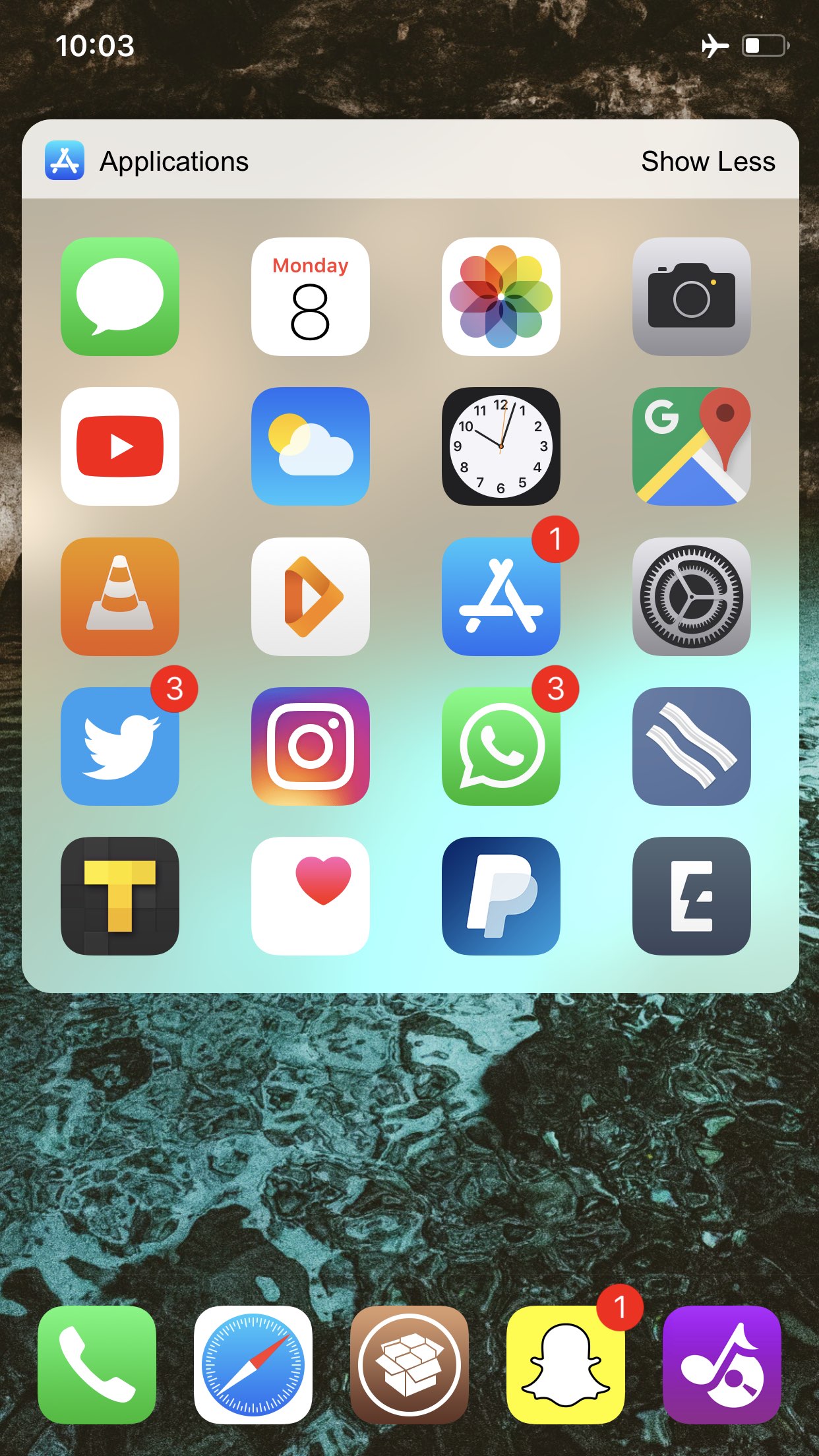

Sandboxing is enforced by the kernel and present on both macOS and Apple’s iOS-based operating systems, but it is important to note that third party code is not required to run in a sandbox on macOS. Apple has since implemented changes in the Mac App Store to address this issue and the technique outlined below should no longer be effective. In January I discovered a flaw in the implementation of the sandbox initialization procedure on macOS that would allow malicious applications distributed through the Mac App Store to circumvent the enforcement of these restrictions and silently perform unauthorized operations, including actions such as accessing sensitive user data. Barring a few exceptions (which usually require additional review and justification for their use) this system-provided sandbox provide an effective way to prevent applications from accessing user data without consent or performing undesired system modifications.

The implementation details of sandboxing are not intended to be accessed by third-party developers, but applications on Apple’s platforms can request (and in some cases, such as new applications distributed on the Mac App Store and all applications for Apple’s embedded platforms, must function in) a sandbox specified by a fixed, system-defined profile (on macOS, application.sb). The sandbox profiles that macOS ships with can be found in /System/Library/Sandbox/Profiles, and while their format is technically SPI (as the header comment on them will tell you) there is fairly extensive third-party documentation. The full extent of the capabilities the sandbox manages is fairly broad, ranging from file operations to Mach calls, and is specified in a custom Scheme implementation called the Sandbox Profile Language (SBPL). The App Sandbox, originally introduced in Mac OS X Leopard as “the Seatbelt”, is a macOS security feature modeled after FreeBSD’s Mandatory Access Control (left unabbreviated for clarity) that serves as a way to restrict the abilities of an application beyond the usual user- and permission-based systems that UNIX offers.


 0 kommentar(er)
0 kommentar(er)
